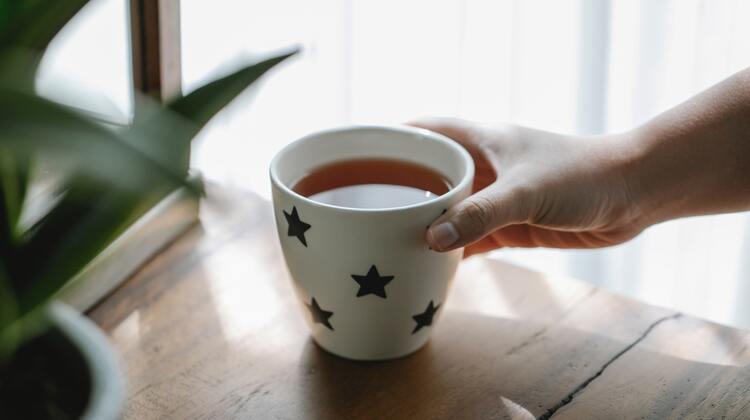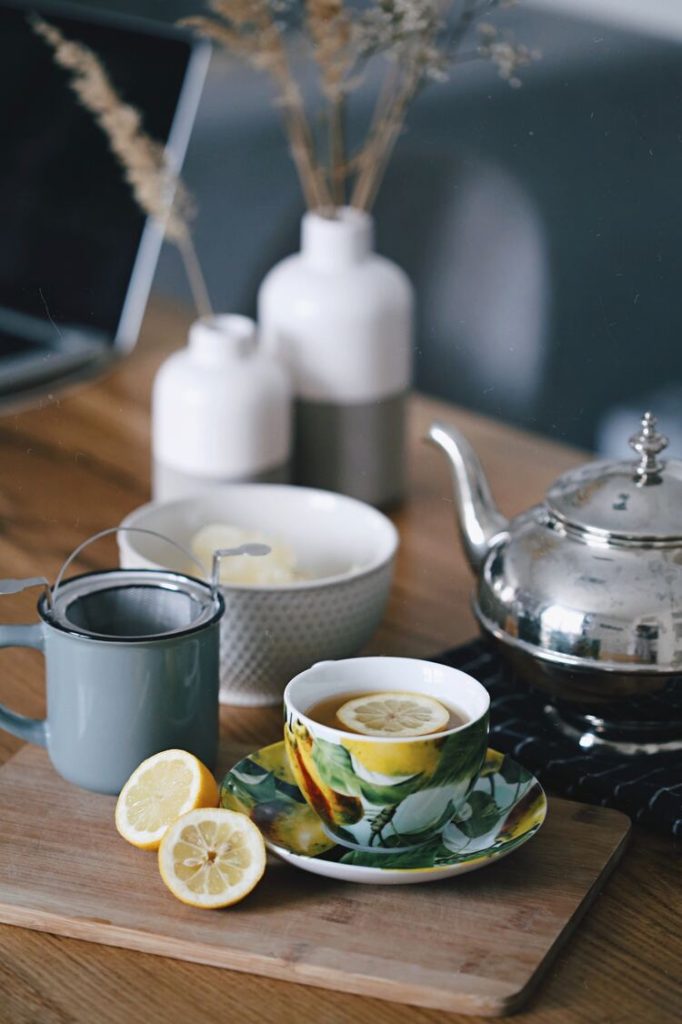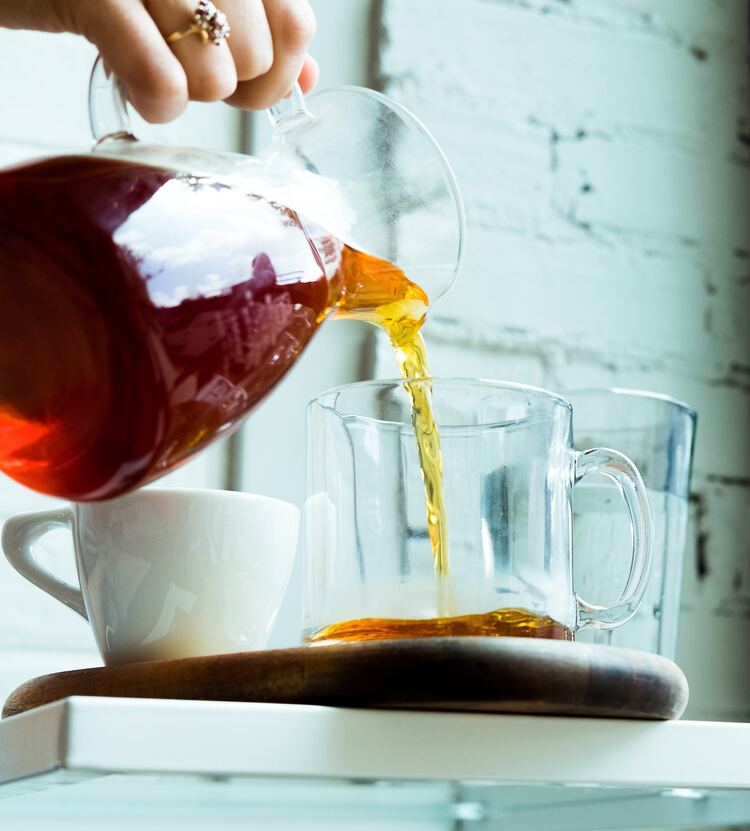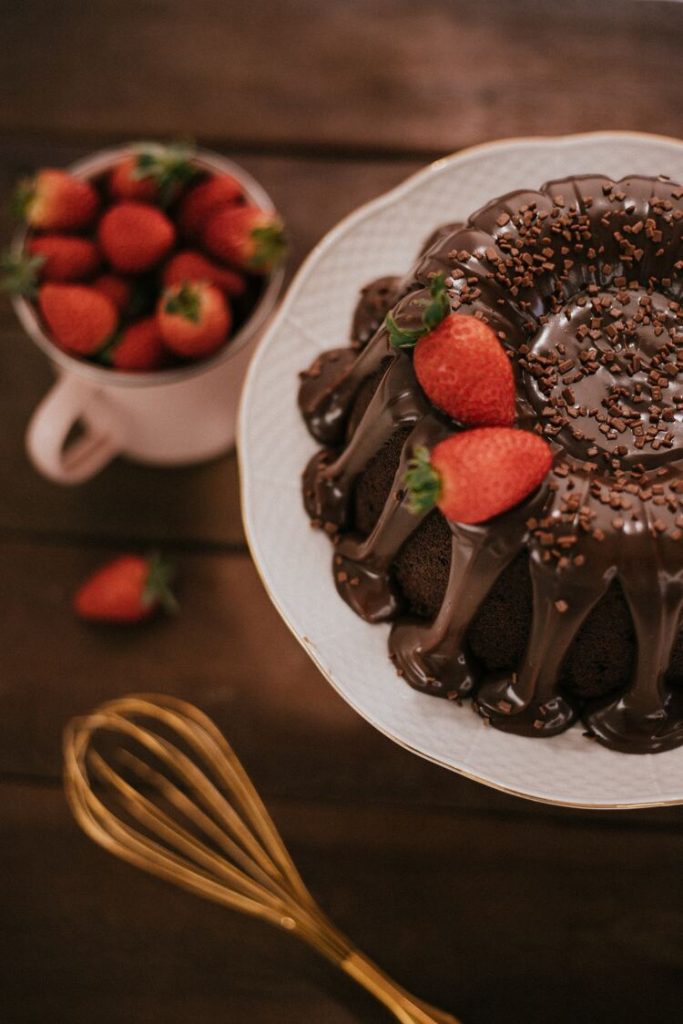If you are reading this, I am sure you are a good cup of tea fan. If so, you may be interested in brewing black tea optimally.
In this article, we will discuss everything you need to know to nail the perfect cup of black tea. Buckle up your seat belt because it will be a fun ride!
Please note: This article contains affiliate links, meaning I may earn a commission if you make a purchase by clicking a link. Of course, this comes at no extra cost to you and helps me keep offering readers solid information.

What is Black Tea?
Black tea is a type of tea that is more oxidized than green, white, or oolong teas. It is made from the leaves of the Camellia sinensis plant, native to China and India.
When tea leaves are harvested, they are first withered to remove excess moisture. Then, they are rolled or crushed to release their natural oils and enzymes. This process is called oxidation, which gives black tea its distinct flavor and color.
Black tea is known for its bold and robust flavor, often described as tannic or astringent. It also contains caffeine, which can provide a natural energy boost. However, the caffeine content of black tea is generally lower than coffee’s.
In addition to caffeine, black tea contains polyphenols, antioxidants that can help protect your cells from damage. Some studies have suggested that polyphenols may have anti-inflammatory and anti-cancer properties, although more research is needed to confirm these benefits.
Whether you prefer it hot or iced, with milk or sugar, black tea is a delicious and refreshing way to stay hydrated and energized throughout the day.
Choosing Good Quality Black Tea
When it comes to brewing black tea, the quality of the tea leaves you use can make a big difference in the taste and aroma of the final product. Here are a few things to keep in mind when choosing good quality black tea:
Look for Whole Leaf Tea
Whole-leaf tea is considered to be of higher quality than tea that has been broken into smaller pieces. When tea leaves are broken, they release more tannins, making the tea taste stronger (and, consequently, more bitter). Whole-leaf tea, on the other hand, releases fewer tannins and has a more complex flavor profile.
Check the Grade
Tea is often graded based on the size and quality of the leaves.
In India, Sri Lanka, and Kenya, whole, unbroken leaves are graded with the British system. Because of this, you will find terms such as “Orange Pekoe” or “OP” (or acronyms containing the OP letters, for example, FTGFOP) on the label. These terms denote high quality.
Broken leaves have their own grading scale on the British system. In this case, look for terms such as “Broken Orange Pekoe” or “BOP.”
It’s important to note that grading is not the sole determinant of a tea’s quality or flavor. Personal preference and individual taste preferences play a significant role in selecting the proper black tea for enjoyment.
Consider the Origin
Different regions produce different types of black tea, each with its own unique flavor profile. For example, Darjeeling tea from India is known for its floral and fruity notes, while Assam tea from the same country has a strong, malty flavor. Chinese black teas like Keemun and Yunnan tend to be more earthy and smoky.
Smell the Tea
Before you buy black tea, please take a moment to smell it. Good quality tea should have a robust and pleasant aroma. It may be past its prime if the tea smells musty or stale.

Brewing Basics
When brewing black tea, there are a few basics to keep in mind.
Water Temperature
The temperature of your water can significantly affect the taste of your tea. For black tea, it’s best to use boiling water (100°C/212°F) to bring out its full flavor. However, if you prefer a milder taste, you can use slightly cooler water (around 90°C/194°F).
Steeping Time
The amount of time you steep your tea can also impact its flavor. A general rule of thumb for black tea is to steep for 3-5 minutes. However, if you prefer a more pungent taste, you can steep for up to 7 minutes. Be careful not to oversteep, as this can taste bitter.
Teapot and Infuser
When it comes to teapots and infusers, there are a variety of options available. Ceramic and cast iron teapots are popular choices, as they retain heat well. For infusers, you can use a filter or strainer or opt for a teapot with a built-in infuser. Just ensure your infuser is large enough to allow the tea leaves to expand fully.
Loose Leaf vs. Tea Bags
The debate between loose-leaf and tea bags is a common one. While loose-leaf tea can offer a more complex flavor, tea bags are convenient and easy to use. If you opt for tea bags, make sure they’re made from high-quality tea leaves and are not packed too tightly. This will allow the leaves to expand fully and release their full flavor.
Brewing Black Tea Specifics
We have provided information about the different factors affecting black tea brewing. Below, we are giving brewing specifics in case you are still dubious about how to brew black tea properly.
Tea Bags
To prepare a cup of black tea using a tea bag, follow these steps:
- Boil water and let it cool for a minute or two. The ideal temperature is shown in the previous section.
- Place your tea bag in a cup.
- Pour the hot water over the tea bag.
- Let the tea steep for 3-5 minutes, depending on how strong you prefer your tea.
- Remove the tea bag and enjoy!
Loose Leaf
To prepare black tea with loose leaves, follow these guidelines:
- Boil water and let it cool for a minute or two, just as with tea bags.
- Measure your loose-leaf tea. A general guideline is using 1 teaspoon of tea leaves per 8-ounce cup of water.
- Place your tea leaves in a teapot or a tea infuser inside your cup.
- Pour the hot water over the tea leaves.
- Let the tea steep for 3-5 minutes.
- Remove the tea leaves or infuser from your cup, or pour the tea through a strainer to remove the leaves.
Remember that you can adjust the steeping time or tea-to-water ratio to suit your taste when brewing black tea. Enjoy experimenting and finding your perfect cup of black tea!

Brewing Black Tea with Milk and Sugar
If you prefer your black tea with milk and sugar, here’s how to do it:
Adding Milk
- Brew your black tea as indicated in the previous section.
- Heat some milk. You can use any milk, but whole milk is a popular choice.
- Pour the milk into your cup of black tea. The amount of milk you use will depend on your personal preference. Some people like just a splash of milk, while others prefer their tea to be mostly milk.
- Stir the tea and milk together until well combined.
Adding Sugar
- Brew your black tea as indicated in the previous section.
- Add sugar to your cup of tea. You can use white sugar, brown sugar, or even honey. Again, the amount of sugar you use will depend on your personal preference.
- Stir the tea and sugar together until the sugar is fully dissolved.
You can add milk and sugar to your black tea if you like. Just follow the steps above for adding milk and sugar separately.
Remember, the amount of milk and sugar you use is entirely up to you. Experiment with different amounts until you find the perfect balance for your taste buds.
Other Beverages Prepared with Black Tea
Black tea is a versatile ingredient that can create a variety of refreshing beverages. Here are a few ideas to get you started:
Iced Tea
Iced tea is a classic summer drink that is perfect for hot days. To make iced tea, brew a strong pot of black tea and let it cool to room temperature. Add ice and your favorite sweeteners, honey, or sugar, and enjoy.
Black Tea Lemonade
Black tea lemonade is a delicious twist on a classic beverage. To make it, brew a pot of black tea and let it cool to room temperature. Mix equal parts black tea and lemonade, and add ice. You can also add a sprig of fresh mint for a refreshing twist.
Chai Latte
Chai lattes are a popular beverage made with black tea and a blend of spices, such as cinnamon, cardamom, and ginger. To make a chai latte, brew a pot of black tea and add the spices. Heat milk and add it to the tea. You can also add honey or sugar for sweetness.
Read More: What does a chai latte taste like?
Black Tea Smoothie
Black tea smoothies are a great way to start your day. To make a black tea smoothie, brew a pot of black tea and let it cool to room temperature. Blend the tea with your favorite fruits, such as bananas, strawberries, or blueberries. Add ice and blend until smooth.
Black Tea Cocktail
Black tea can also be used to create delicious cocktails. To make a black tea cocktail, brew a pot of black tea and let it cool to room temperature. Mix the tea with your favorite liquor, such as vodka or rum, and add a splash of fruit juice. Serve over ice and enjoy.

Pairing Black Tea with Food
When pairing black tea with food, there are a few things to remember. First, the tea’s flavor profile should complement or enhance the flavors of the food. Second, the tea’s intensity should match the dish’s intensity. Here are some general guidelines to follow:
Lighter Black Teas
- Pair with delicate foods such as fish, chicken, or light salads.
- It also pairs well with sweet or fruity desserts.
Medium-bodied Black Teas
- Pair with heartier dishes such as roasted meats or stews.
- It also pairs well with chocolate or nutty desserts.
Full-bodied Black Teas
- Pair with spicy or bold-flavored dishes such as curries or strong cheeses.
- It also pairs well with rich, decadent desserts.
In addition to these guidelines, here are some specific food pairings to try:
- Earl Grey tea with lemon tart or citrusy desserts
- Darjeeling tea with savory snacks such as cheese and crackers
- Assam tea with spicy Indian dishes or chocolate desserts
- English Breakfast tea with a hearty breakfast of eggs, bacon, and toast
Remember, these are just suggestions, and ultimately, the best way to find your perfect tea and food pairing is through experimentation.

Buying Recommendations
Alright, in all honesty, this article is making me hungry! I feel like having a chocolate cake with a strong cup of black tea.
If you feel inspired like me, here are our top recommendations.
Organic Positively Tea Company, Assam TGFOP Black Tea

VAHDAM, Darjeeling Tea Leaves from Himalayas

Organic Positively Tea Company, Nilgiri FBOP Black Tea

Pantenger Ceylon Tea Loose Leaf

Davidson’s Tea Bulk, Keemun Congou

Numi Organic Tea Chinese Breakfast

Kericho Gold Black Loose Leaf Tea

Well, this is it for now! I hope you have enjoyed learning about brewing black tea, preparing various drinks with it, and pairing it with a delicious meal. I’ll see you next time!
More About Black Tea
The Process of Making Black Tea
What Does Black Tea Taste Like?
What Does Assam Tea Taste Like?